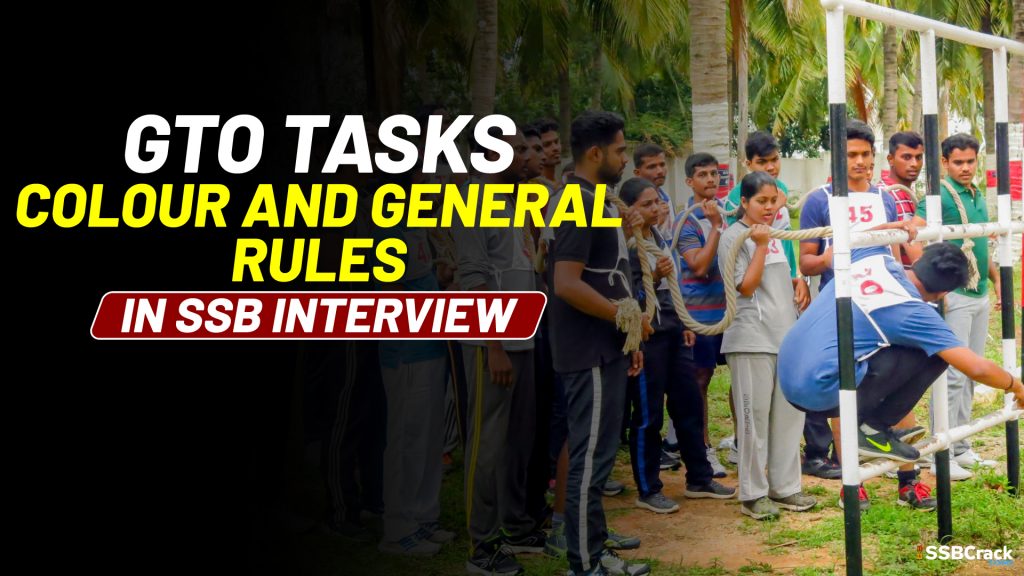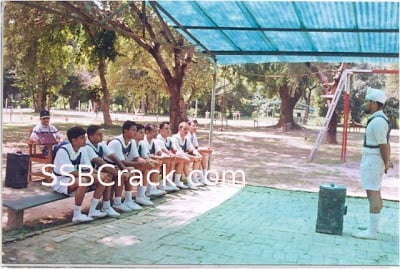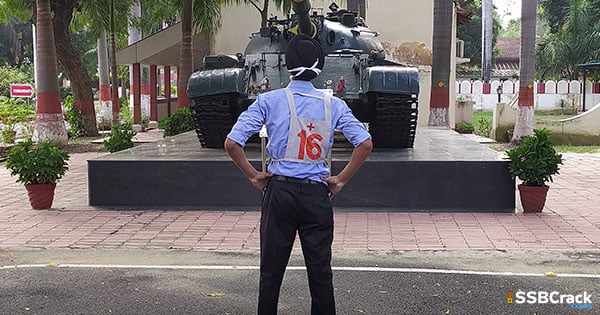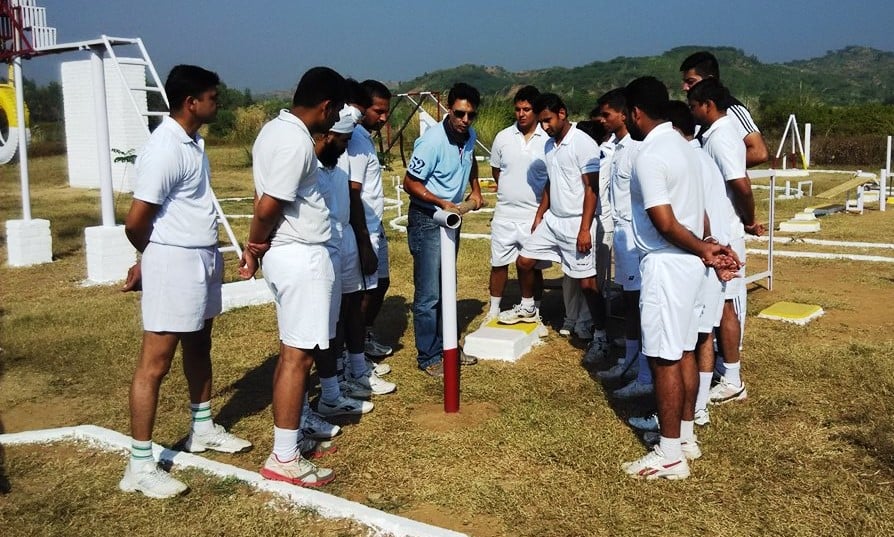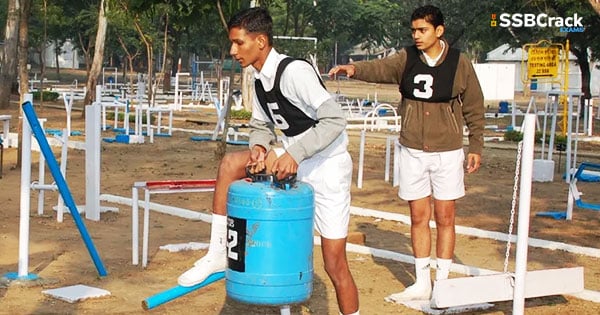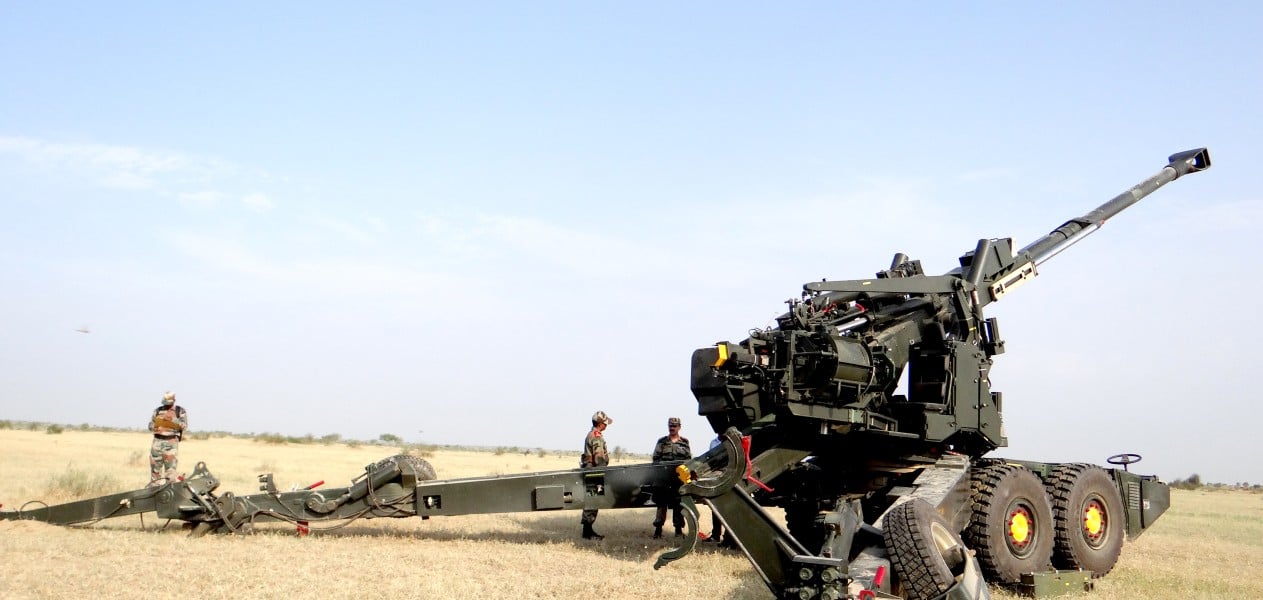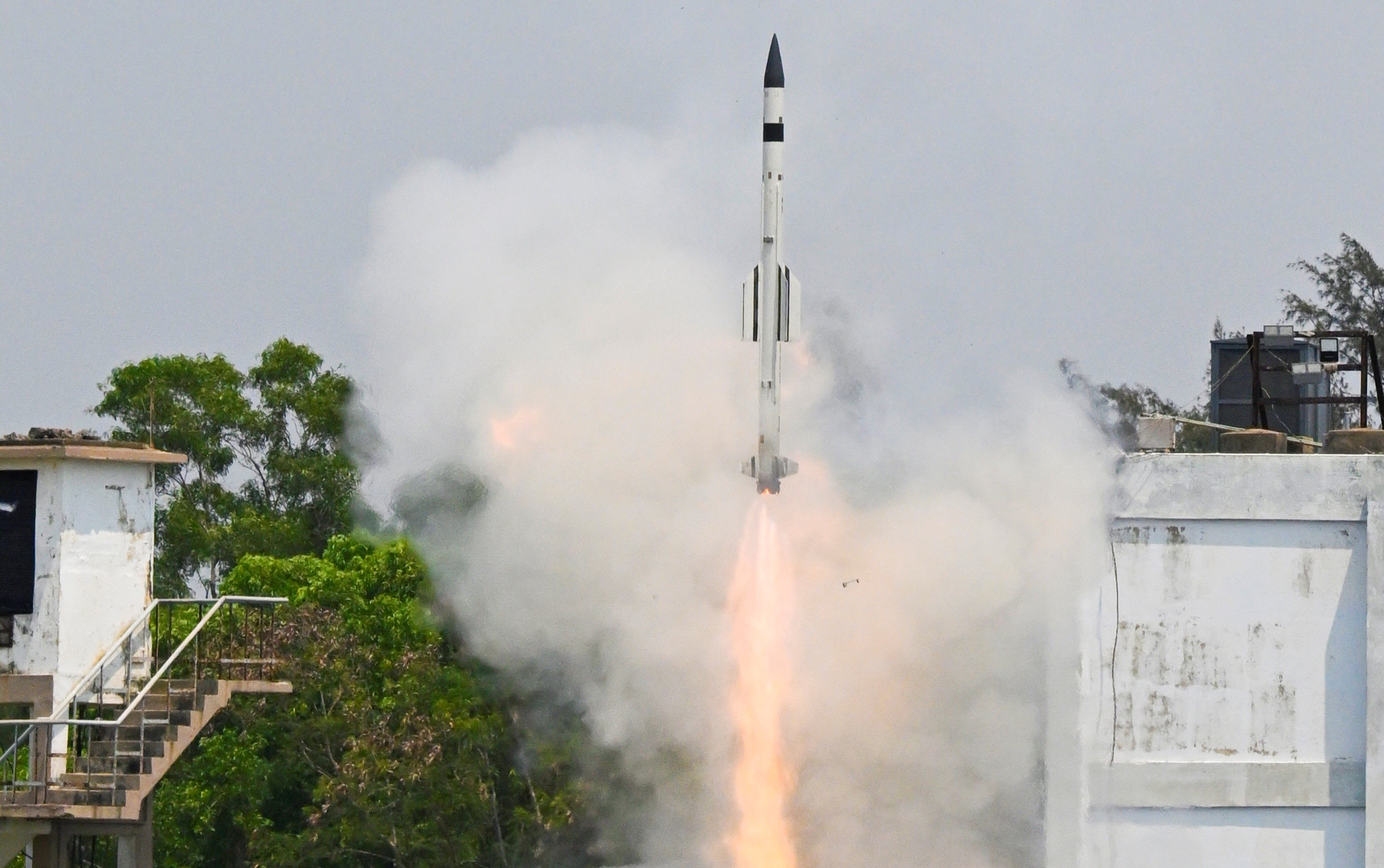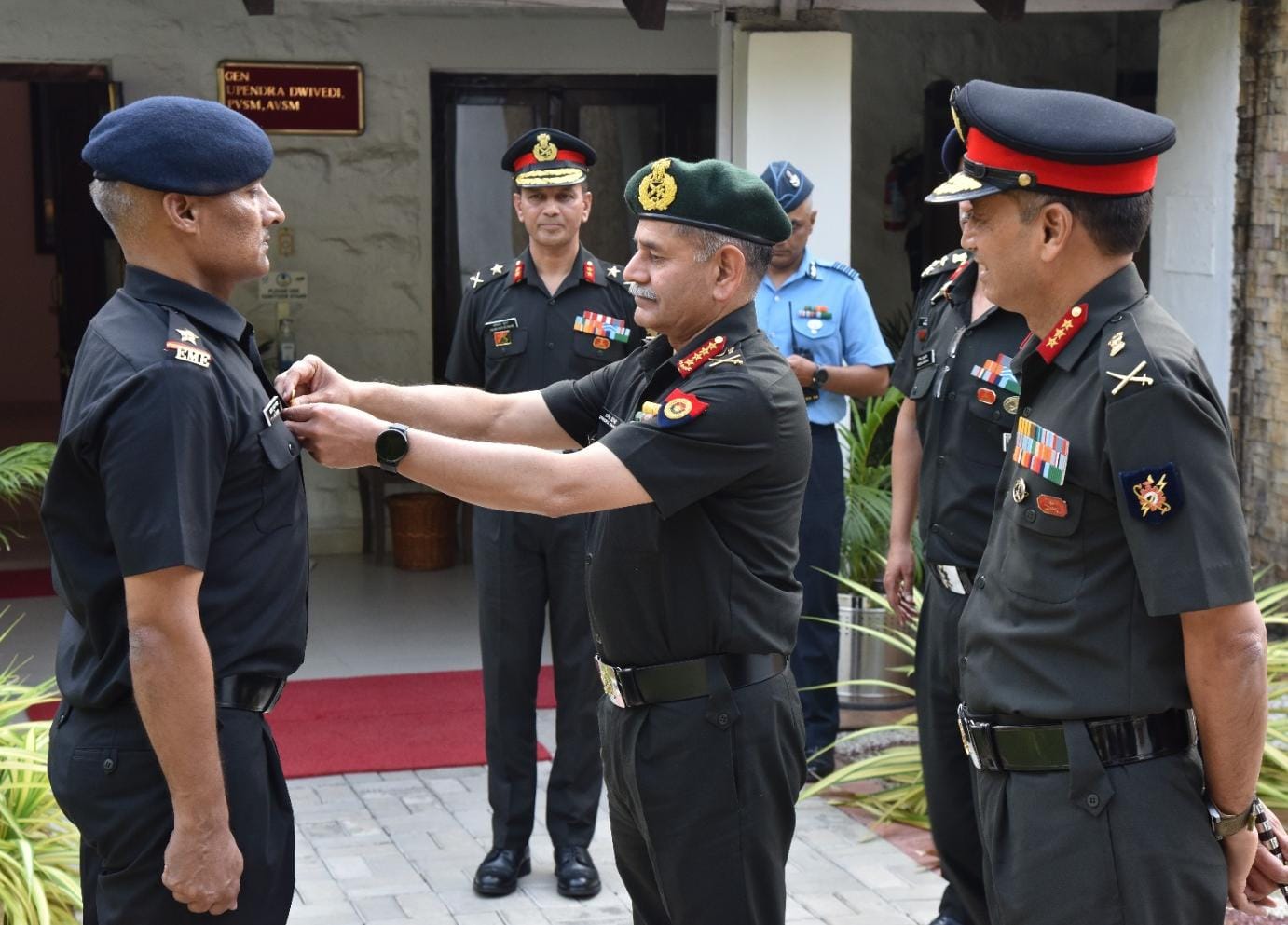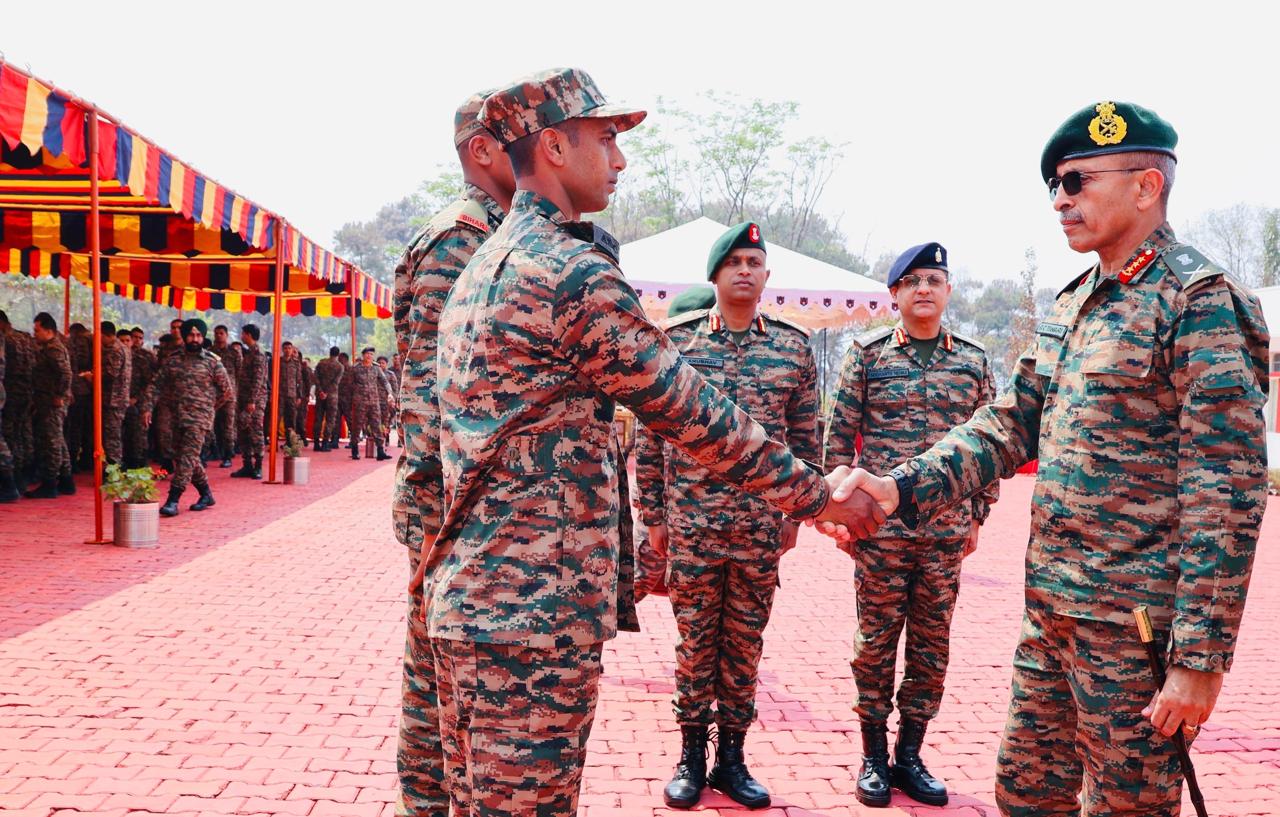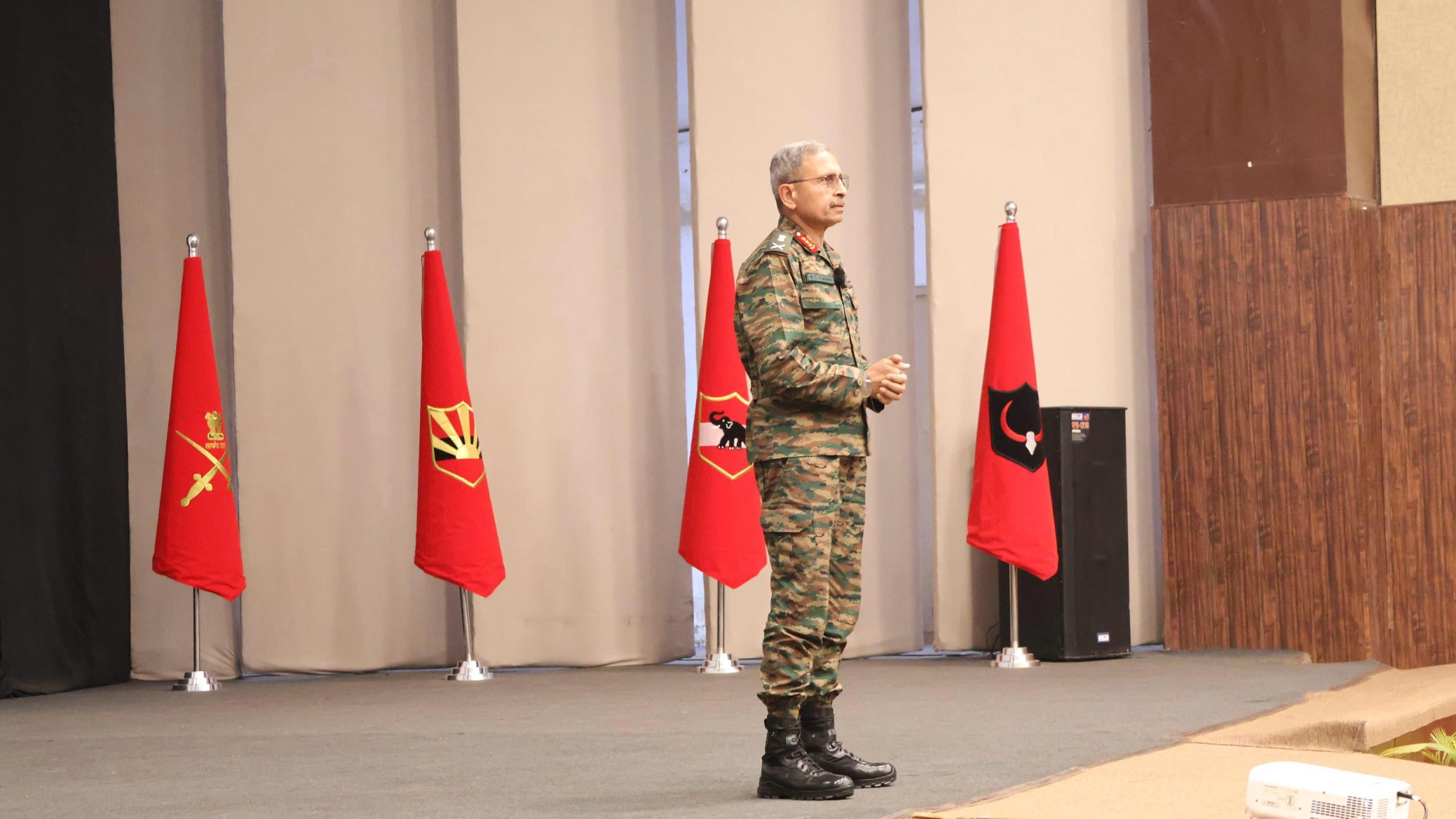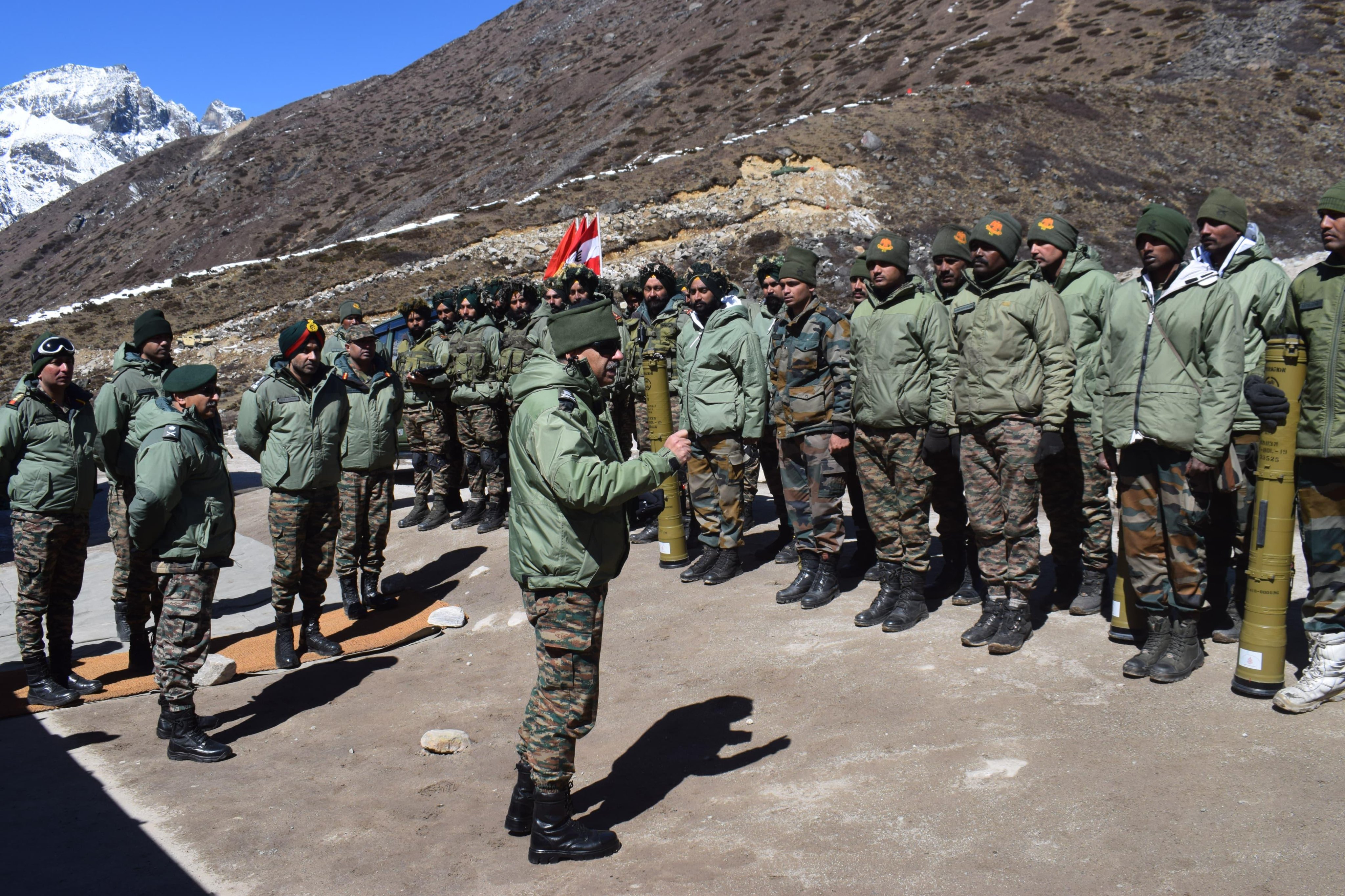Group Testing is based on the theory of gestalt. In GT the GTO looks at the candidates performing in a group, then gradually singles them out and gives a closer look and finally once again observes them perform in the group.
There is a total of 9 tasks conducted by the GTO. These are divided into three distinct phases as described below.
Basic Series
There are 4 tasks namely Group Discusssion, Group Planning Exercise, Progressive Group Task and the Group Obstacle Race. All these tasks are group tasks and performance in these is very important. In this series the group goes through three stages of development.

Confirmatory Series
The confirmatory Series comprises of four tasks/activities namely Half group task, Lecturette, Individual Obstacles and the Command Task. Of this normally the IO and CT are done on the second GTO testing day. In this series the GTO resolves his queries on each candidate by focusing more intensely on individuals as most of these tasks are individual in nature.
Final Series
This series consists of only one task namely Final Group Task. This is basically for the GTO to give a final look at the candidates performing in group before winding up the test series.
What is seen through these activities?
1. Your ability to grasp the rules and conditions of tackling the obstacles.
2. Are you logical in your approach?
3. Do you have practical work sense?
4. Are you able to use the resources appropriately?
5. Are you able to contribute to the group functioning?
6. Are you able to co-operate and work as a team member?
7. Are you able to communicate your ideas in a way that others understand it?
8. Your overall General Knowledge
9. Are you able to overcome frustration and difficulties faced during the task?

Most of the tasks in the GTO series are almost same. Keeping aside individual task in the GT, PGT, HGT, FGT have the same rules and are to be followed by the candidates.
- Group Rule – This rule implies that all the members of the group must have crossed an obstacle before anyone can go to the next one. Since the approach is narrow and candidates can move one by one there will be some who will cross first and the others wi follow. Therefore make sure that even if you are the first to cross the obstacle wait for all the candidates to cross before you move on to the next.
- Distance Rule – This rule implies that any distance that is more than four feet must be bridged and not jumped. For example if you find the distance between the start line and the first structure is roughly 5 feet, even if you are capable of jumping that distance, you are not permitted to do that. You are expected to bridge the distance by using the helping material. Do not violate this rule as it will mean that you lack grasp.
- Colour Rule – This rule implies that the structures placed in the out of bound area, if it is painted white, it is inbound for candidates, the helping material and the load; which means it can be touched by all three. If it is painted red, it is out bound for all three: which means it cannot be touched by the candidates, the helping material and the load; and if it painted blue, it is inbound for the candidates but out of bound for the helping material and the load. Which means it can be touched by the candidates but cannot be touched by the helping material and the load. Note that the candidate can hold the load/helping material while standing on a blue coloured structure. The only condition is that the load/helping material should not touch the blue colour. Remember, violation of this rule can either mean that you lack grasp or may mean that you are casual. Both these conclusions are bad for you. Hence do not break this rule.
- Rule of Rigidity – This rule implies that no two rigid helping materials can be tied together for making an extension. Since rigid helping materials are normally the planks and ballis, this rule means that you cannot tie plank and balli together. However, you can keep one on top of the other and also you can tie the rigid helping material to the structure. Violation of this rule will indicate lack of grasp or casualness.
- Rule of Infinity This rule implies that the start line and the finish line should be imagined to be extending to infinity on either side. This means that you cannot walk through the sides of the task and have to tackle the obstacle head on. Also, be careful that you do not step into the area inside of the start line even if it is to the right of where the start/finish line finishes.
How to approach PGT/HGT/FGT. Keep the following points in mind.
- Be a constructive member of the group.
- Try and lead the group.
- In case someone has taken the lead, support him by providing ideas.
- Wait till all the members have crossed and be helpful wherever required.
- Once a path has been chosen, do not divert the group to another approach. All paths will be almost the same difficulty level.
- Be a team person and do not show off.
- Do not keeping looking at the GTO.
- Do not shout at others or throw the helping material.
If you are preparing for defence exams and SSB Interview SSBCrackExams is offering a number of courses and study material. Join our courses and boost up your preparation.

